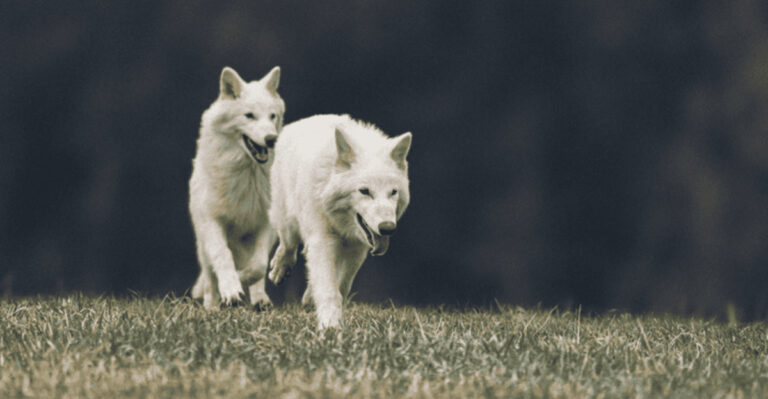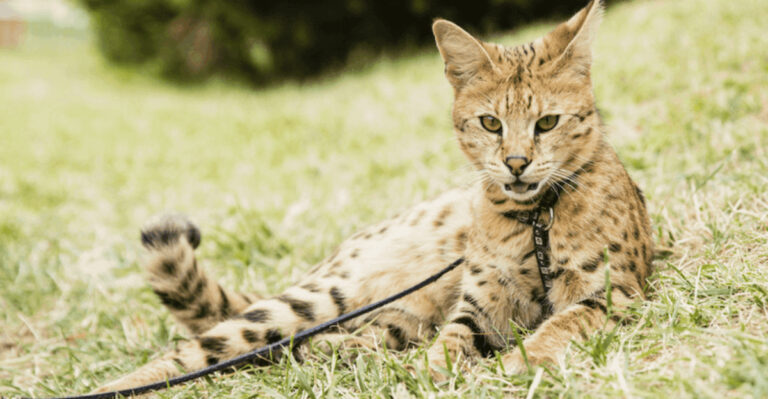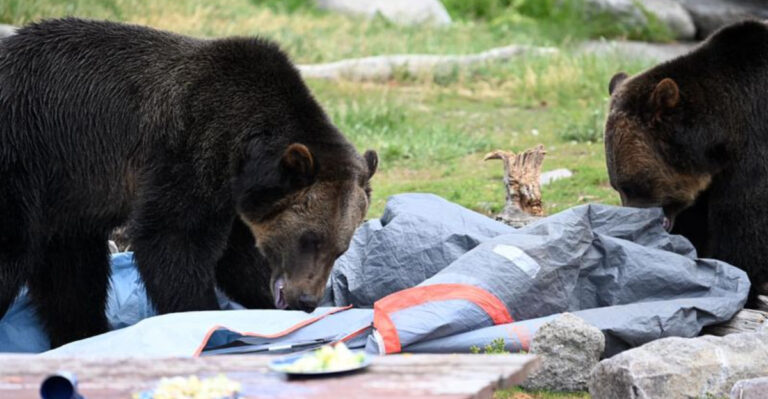Good Idea Or Bad Idea? 15 Thoughts On Cloning Extinct Predators

What if the fix for out-of-control deer or exploding rodent populations was a long-lost predator with a bite to match?
Cloning extinct animals isn’t science fiction anymore – it’s a real possibility that has scientists both excited and uneasy.
The idea sounds bold, but tossing ancient predators into today’s world raises some wild questions. Could they help restore balance, or would we just be making a mess even bigger?
1. Predator Reintroduction Could Restore Balance
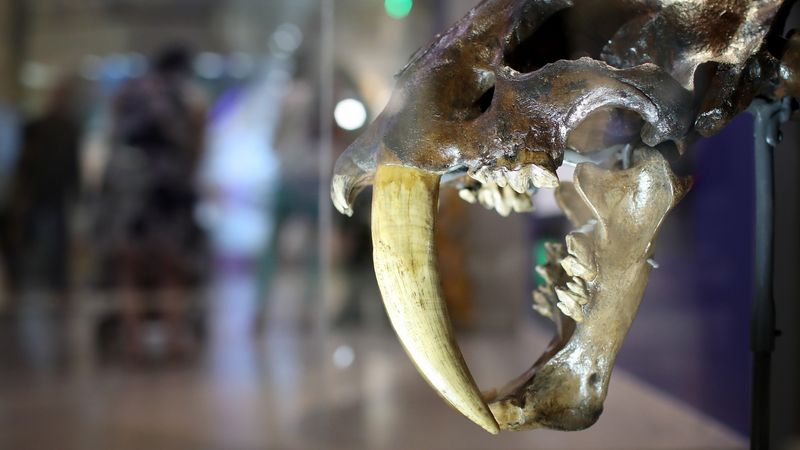
Ever heard that deer can actually damage entire forests when there are too many of them? It’s true! Without enough predators, some species grow out of control and throw everything off balance.
That’s where cloning extinct predators enters the chat. Scientists are wondering if bringing back long-gone carnivores could help restore the natural order we’ve messed up.
It’s not just about toothy giants like the saber-toothed cat – it’s about whether ecosystems can handle their return.
Think of it less like a fun reunion and more like inviting a stranger to move into a very different neighborhood.
2. De-Extinction Might Curb Invasive Species
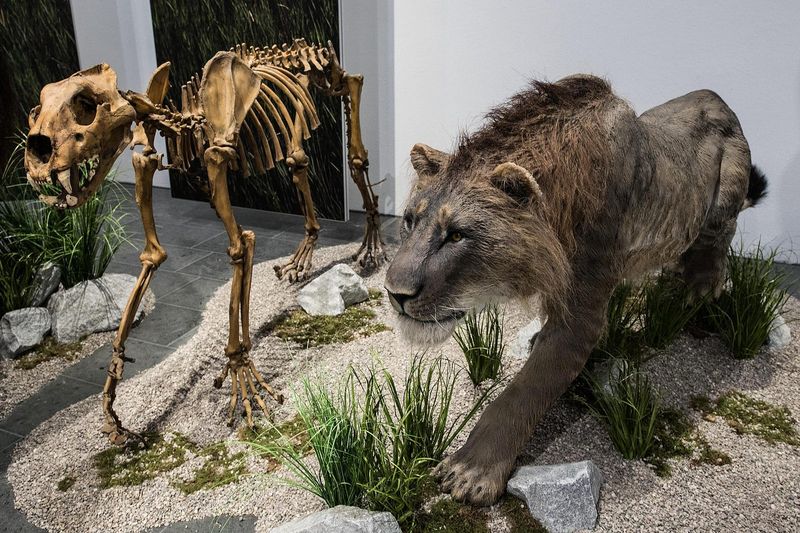
When non-native species invade, they often wreak havoc on local ecosystems, outcompeting native wildlife and unbalancing the natural order.
Reintroducing apex predators could potentially tip the scales back in favor of the indigenous flora and fauna.
Consider the cave lion. Its return might just be the ticket to reducing invasive species like overabundant wild boars.
Yet, will this new apex predator become an invader itself, or can it integrate seamlessly into its old home?
3. Could The Saber-Toothed Cat Make A Comeback?
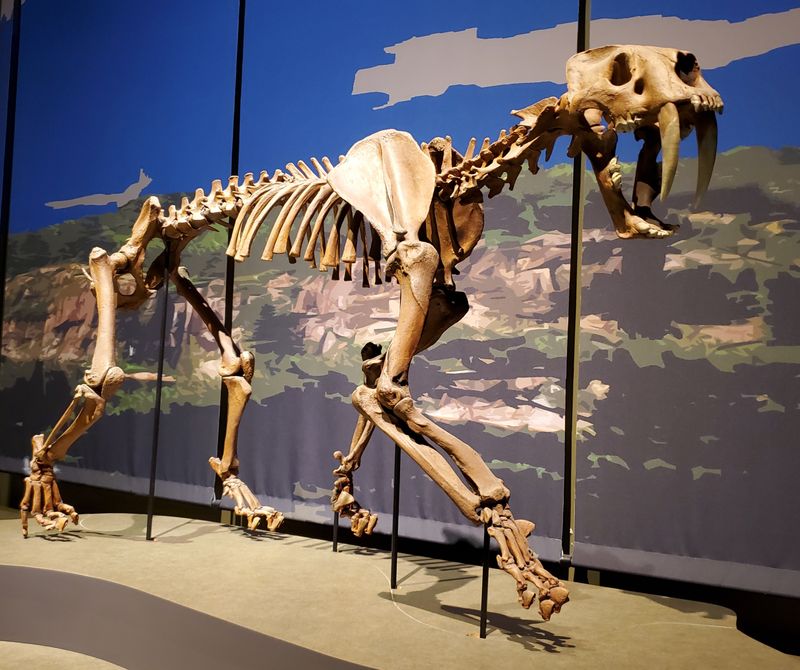
Hard to believe, but some scientists think we might one day share the planet with a real, living saber-toothed cat. Not a fossil, not a replica – an actual predator brought back through cloning.
It sounds wild, like something out of a sci-fi movie. But the idea isn’t just for show—it’s tied to a bigger question about fixing broken ecosystems.
Still, tossing an Ice Age predator into today’s world isn’t exactly a low-risk move. What would it eat? Where would it live?
4. Ethical Dilemmas Loom Large
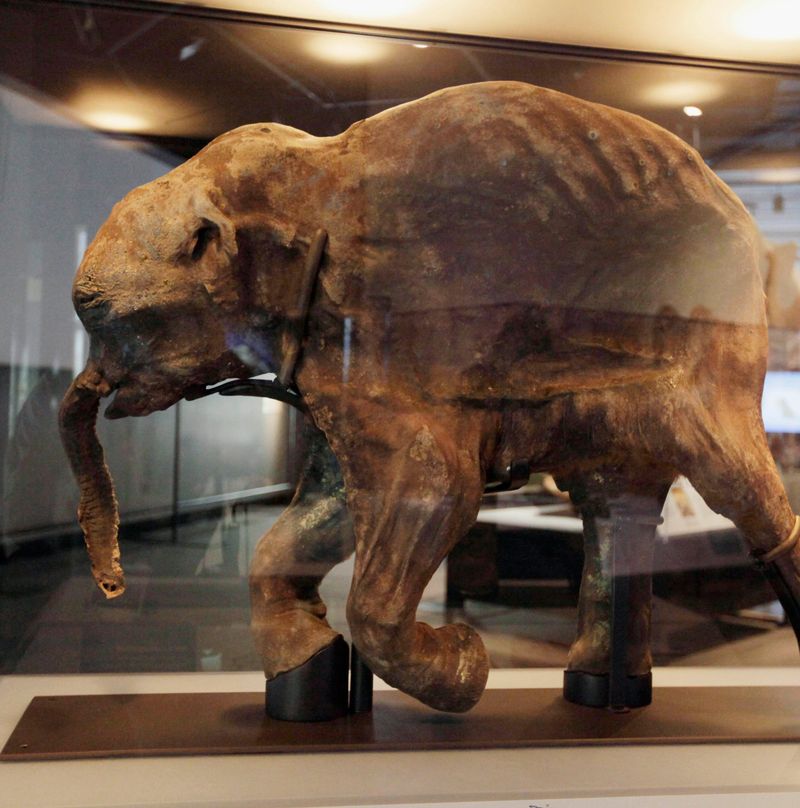
Would it be right to bring extinct creatures back to life in a world they no longer know? Ethical questions buzz around cloning like bees around honey.
Imagine the moral quandary of reviving a species only to release it into a vastly changed environment. The ethical implications are profound, forcing us to weigh scientific capability against moral responsibility.
5. It’s Not Just Jurassic Park Fantasy Anymore
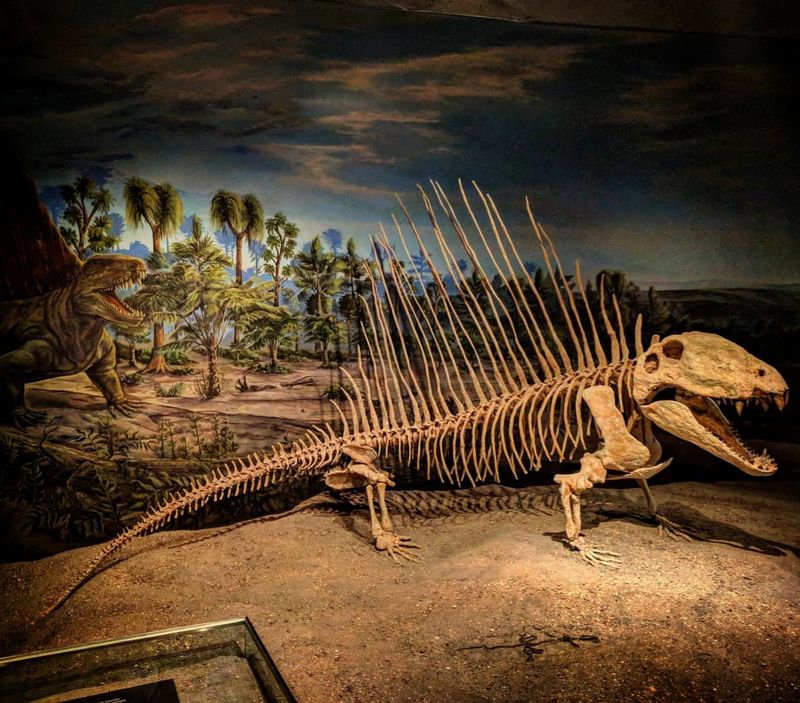
Once the stuff of science fiction, the cloning of extinct species edges closer to reality. CRISPR and advanced cloning techniques are bridging the gap between fantasy and possibility.
Labs filled with futuristic devices and holographic projections of creatures like the woolly mammoth aren’t just a thing of books anymore.
But with great power comes great responsibility. As science catches up with fiction, we must consider the implications and responsibilities of bringing back the extinct.
6. Genetic Gaps Still Pose Challenges
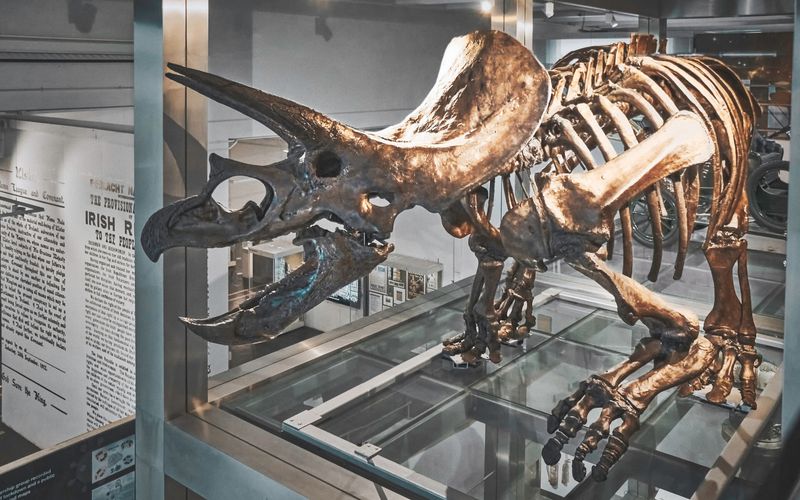
Cloning extinct predators is a puzzle with missing pieces. Many possess incomplete DNA sequences, turning cloning into a realm of speculation rather than certainty.
While technology advances, these gaps remind us that our reach has limits. Can we fill in the blanks, or will they remain a reminder of nature’s complexity?
7. Habitat Loss Makes Reintroduction Risky
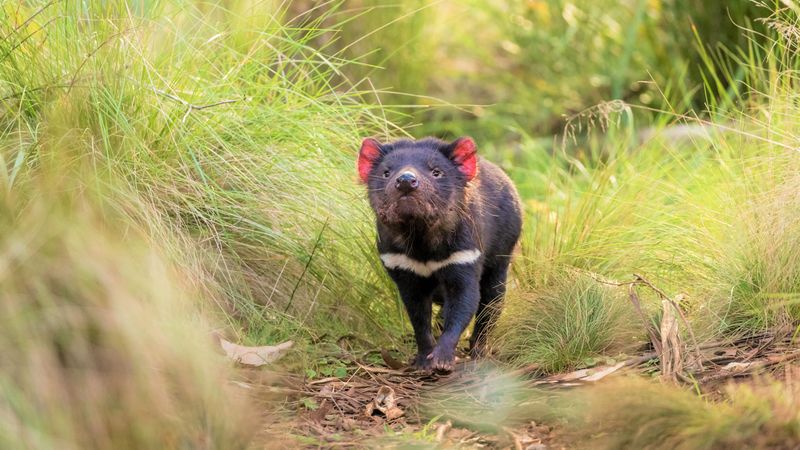
Say we do bring them back. Then what? You can’t just drop a cloned predator into a concrete jungle and hope for the best.
Urban sprawl has chewed up the wild spaces they once ruled. Forests are now shopping centers, and migration paths are crisscrossed with freeways.
Even the best science can’t create more land. Without room to roam, these creatures might be born just to live behind fences. And honestly, is that really a comeback, or just a high-tech cage?
8. What About Modern Predator Alternatives?
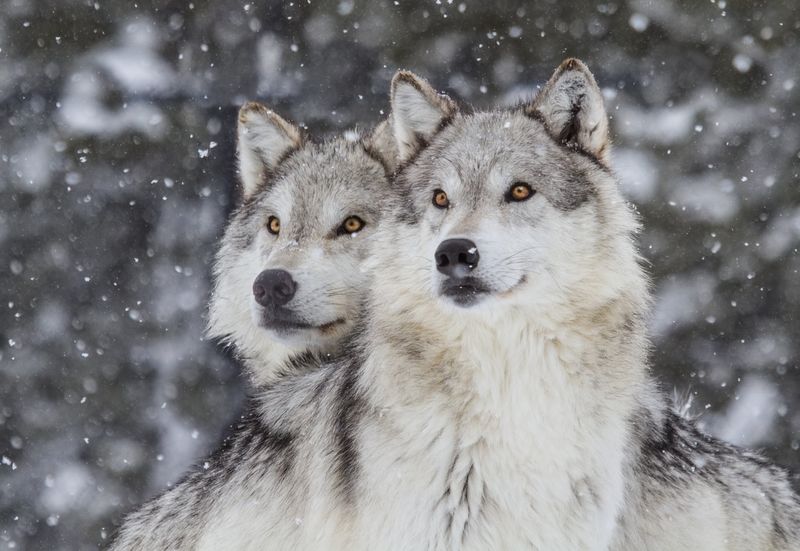
Why bring back the prehistoric when we’re losing the contemporary? Some argue that protecting existing predators might be a more practical and ethical route.
Imagine a lush forest alive with the sounds of wolves howling and bears rustling through underbrush. These creatures still need our help and protection.
Perhaps the focus should be on conserving what we have, rather than resurrecting what we’ve lost. After all, our modern carnivores are just as crucial to maintaining ecological balance.
9. Could This Spark A Conservation Revolution?
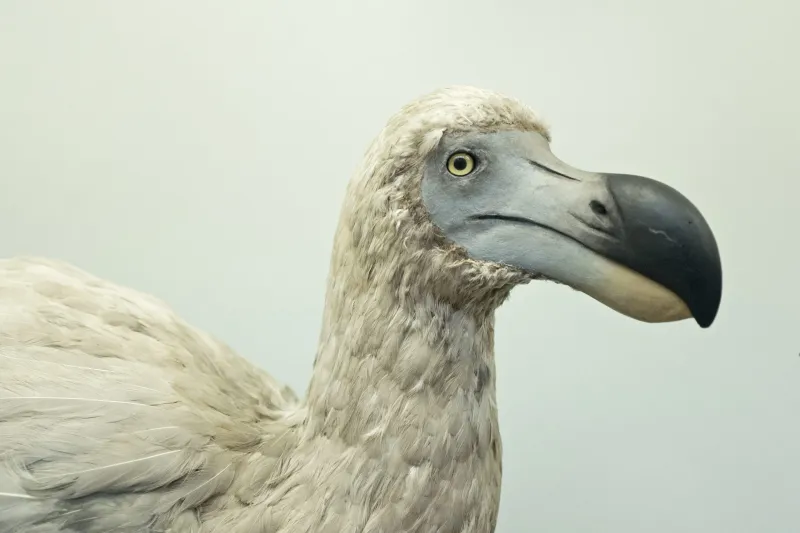
There’s something about the idea of bringing back extinct animals that grabs people in a way regular conservation doesn’t. It’s bold, dramatic.
That kind of hype can draw in big bucks and big headlines. And in the process, it might just funnel more support toward saving the species we *still* have.
But here’s the catch: does the spotlight on de-extinction steal attention from real, urgent conservation work? Or could it light a fire under a movement that desperately needs it?
Either way, it’s got people talking, and that’s not nothing.
10. Reviving Dire Wolves Or Dodos? Choose Carefully
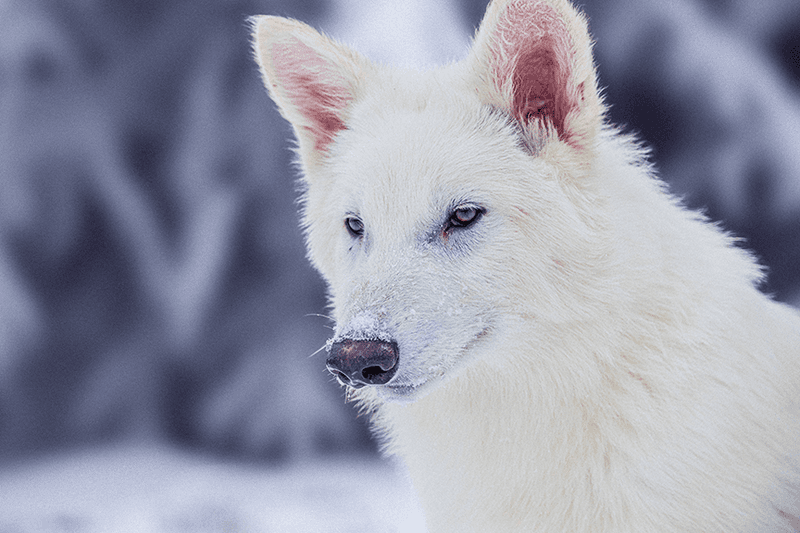
Just because we can bring something back doesn’t mean we should. Some extinct animals thrived in environments that simply don’t exist anymore.
Take the dire wolf for example was built for the Ice Age, or the dodo which perfectly adapted to an island without predators. Today’s world might be more obstacle course than home.
Reviving the wrong species could throw ecosystems off even more.
11. Could Cloned Predators Become A Public Safety Issue?
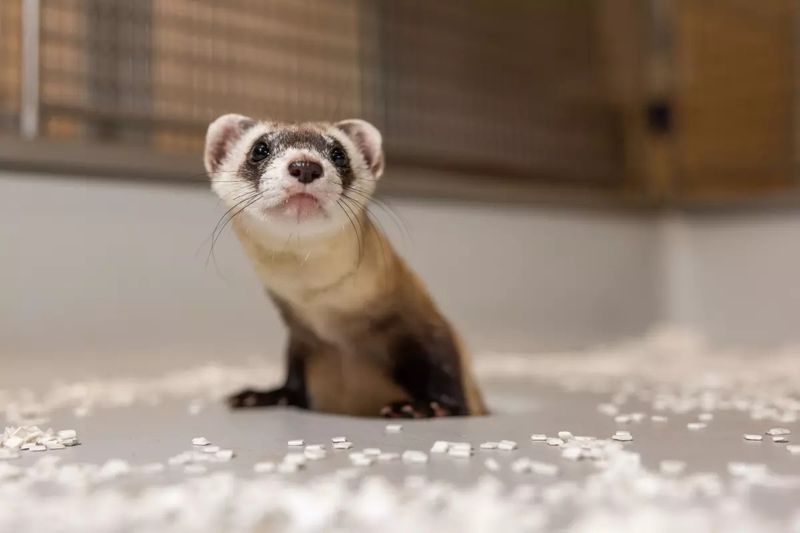
Here’s the thing: cloned predators wouldn’t come with a manual. Are they wild animals, or lab-born mysteries we barely understand?
If one escapes or acts unpredictably, who’s responsible? That’s a lot of teeth for something we created ourselves.
Public safety isn’t just a side note. It’s a real concern. Especially if these animals end up near towns, farms, or schools.
12. Some Species Went Extinct For A Reason
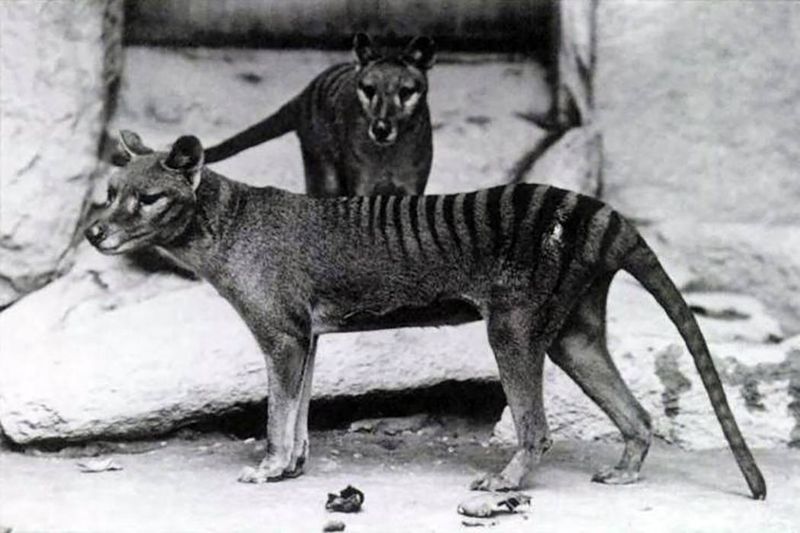
Extinction doesn’t happen by accident, but it’s the result of big shifts, many of them caused by us. Climate change, habitat loss, hunting – take your pick.
If we bring predators back without fixing what drove them out, aren’t we just setting them up to vanish again?
13. It Could Help Scientists Understand Evolution
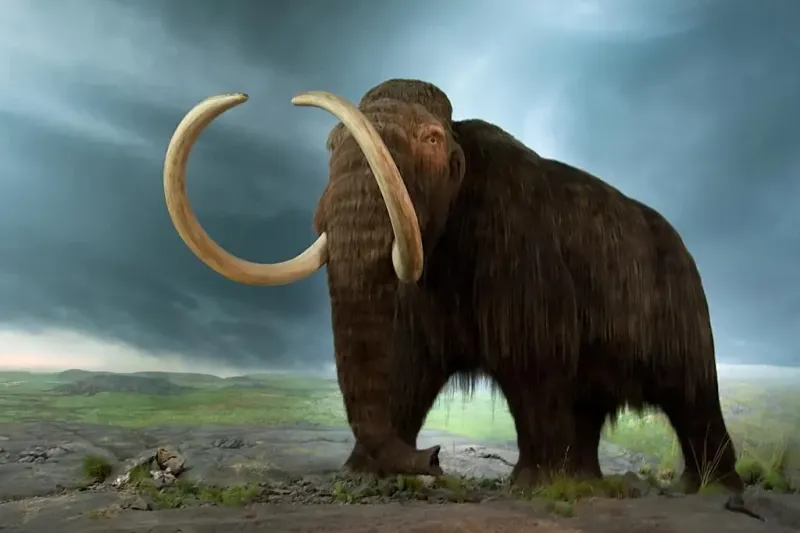
Fossils can only tell us so much, but a living, breathing extinct predator? That’s a whole new chapter of discovery.
Scientists could learn how these creatures moved, hunted, and adapted—things bones alone can’t explain. And those details might help us better understand how life changes, survives, or disappears altogether.
14. Eco-Tourism Would Skyrocket
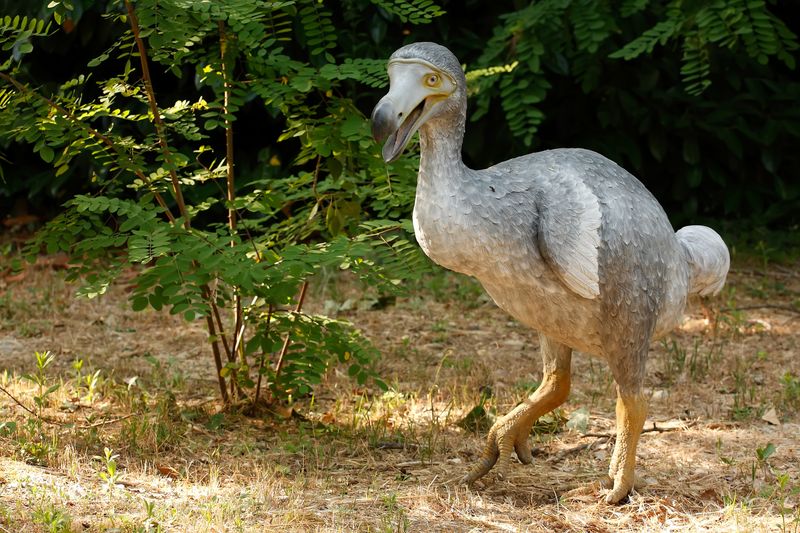
A park filled with once-extinct predators sounds like the ultimate bucket list stop. Who wouldn’t want to snap a photo of a living Tasmanian Tiger?
The draw for eco-tourism would be massive. Curious travelers, excited scientists, maybe even a gift shop or two.
But there’s a catch: are we creating a sanctuary or a spectacle?
15. Is It Playing God, Or Playing Catch-Up?
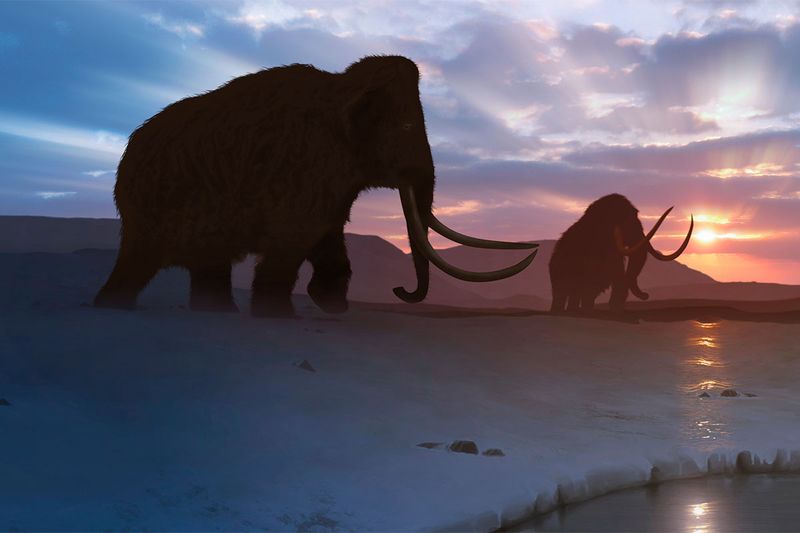
Cloning isn’t just science. It’s a mirror that reflects what we’ve done to the planet and how far we’ll go to undo it.
Standing in front of a living mammoth might feel like progress. But is it redemption or something closer to hubris?
There’s a fine line between helping nature and trying to control it. Bringing a species back is one thing, understanding the impact is another.

